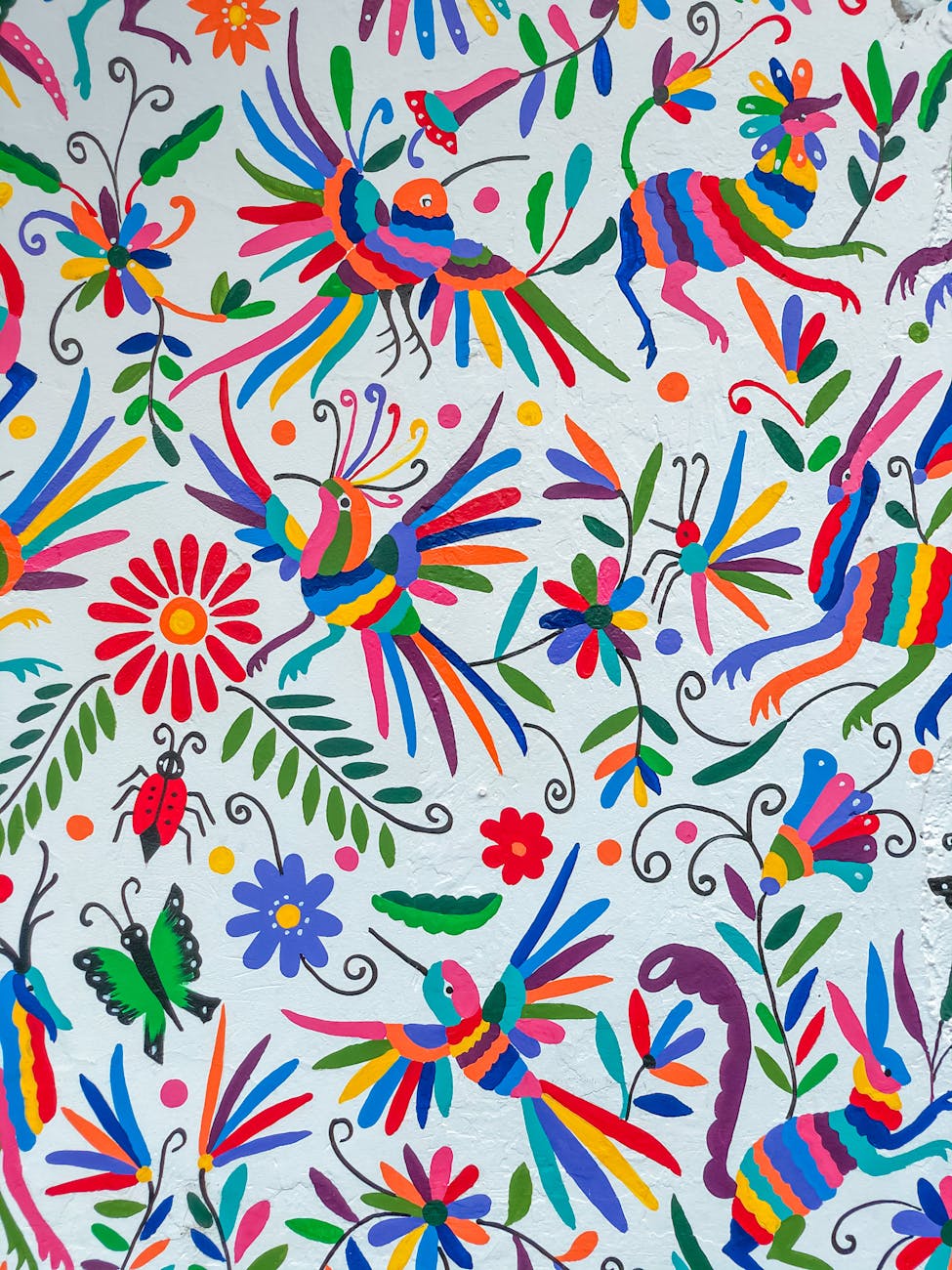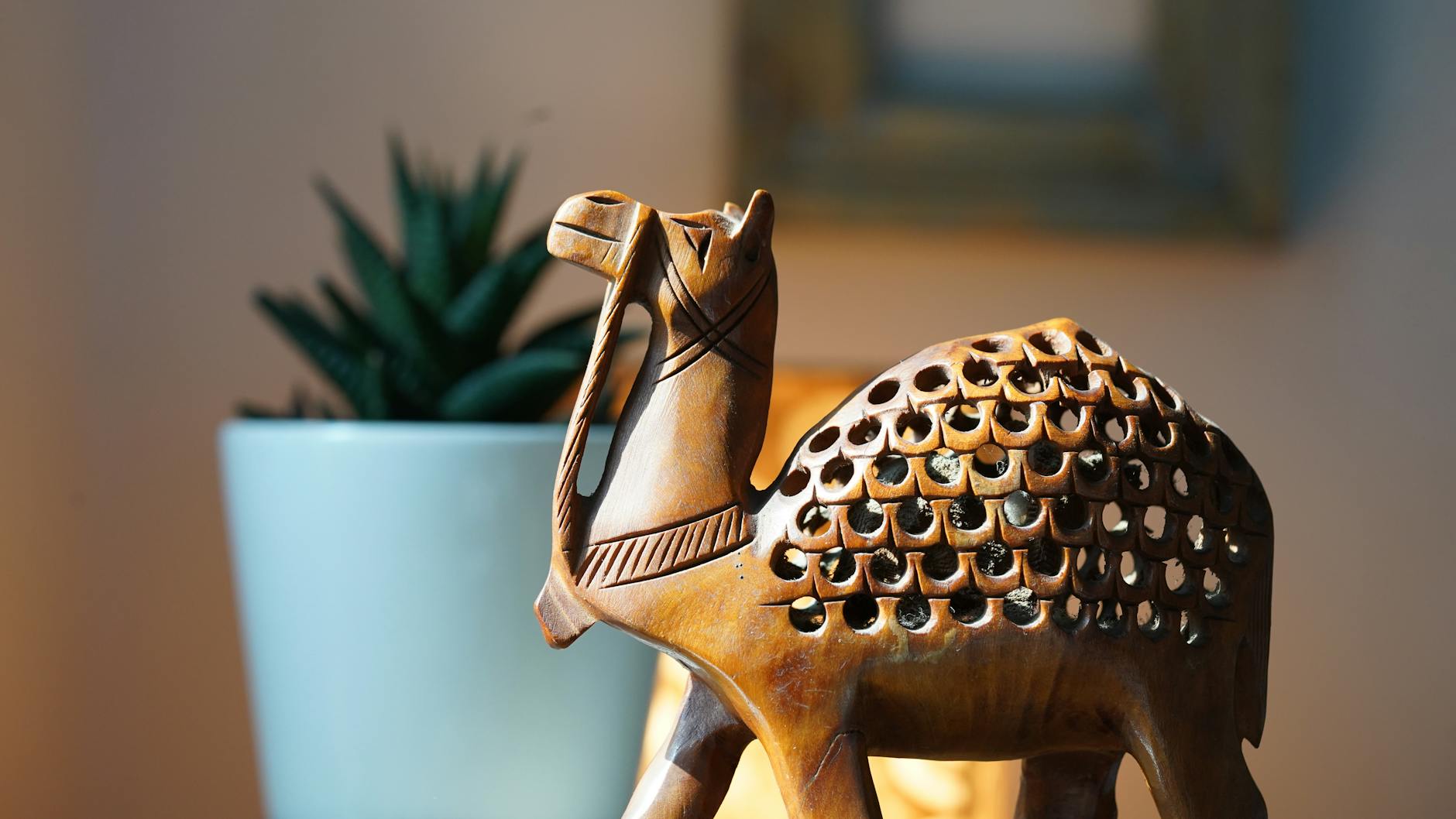Embroidery has been part of human creativity for thousands of years. Across continents, people have used thread and needle not only to decorate fabrics but also to tell stories, preserve heritage, and showcase artistry. From intricate floral motifs to bold geometric designs, embroidery styles reflect the culture, climate, and traditions of their origins. Today, these patterns inspire fashion, home décor, and handmade crafts worldwide.
This article explores embroidery designs from across the globe, highlighting their history, unique features, and enduring appeal.
- 1. Japanese Sashiko: Minimalism in Stitches
- 2. Indonesian Embroidery: Island-Inspired Motifs
- 3. Mexican Otomi Embroidery: A Burst of Color
- 4. Indian Embroidery: Diversity in Stitches
- 5. Hungarian Matyó Embroidery: Bold and Decorative
- 6. Chinese Silk Embroidery: Elegance in Detail
- 7. Moroccan Zemmour Embroidery: Geometric Precision
- 8. Russian Rococo Embroidery: Romantic Florals
- 9. Scandinavian Hardanger: Whitework Elegance
- 10. Peruvian Shipibo Embroidery: Spiritual Geometry
- Why Global Embroidery Designs Remain Timeless
- Practical Tips for Trying Global Embroidery Styles
- Conclusion
1. Japanese Sashiko: Minimalism in Stitches
Japan is known for its simplicity and precision, and Sashiko embroidery reflects this aesthetic. Traditionally, it used white cotton thread on indigo-dyed fabric. The patterns often include repetitive geometric shapes like waves, circles, and diamonds. Sashiko was originally a way to reinforce worn-out clothes, but over time, it became an art form.
Practical Tip: If you are new to embroidery, Sashiko is a good place to start. Its repetitive patterns are meditative and forgiving, making it perfect for beginners.
2. Indonesian Embroidery: Island-Inspired Motifs
Indonesia, with its many islands and cultures, has embroidery traditions that reflect its diversity. Floral and leafy patterns are common, often stitched in bold colors and sometimes highlighted with metallic threads. The motifs are inspired by tropical landscapes, religious ceremonies, and festive attire.
Indonesian embroidery is often seen on kebayas, sarongs, and ceremonial garments, blending elegance with cultural identity. Its tropical charm and intricate detailing make it popular in both fashion and home décor.
Practical Tip: Use metallic threads or gold accents when recreating Indonesian-inspired embroidery to capture its celebratory essence.
3. Mexican Otomi Embroidery: A Burst of Color
Originating from the Otomi people of central Mexico, this embroidery style is instantly recognizable for its vibrant hues and playful motifs. Animals, birds, and plants are stitched in bright threads onto white or neutral backgrounds. The designs are lively and almost childlike, yet they carry deep cultural meaning rooted in ancient traditions.
Otomi embroidery is popular in contemporary fashion and home décor, from jackets to wall hangings. Its cheerful nature makes it a festive favorite.
Practical Tip: Choose Otomi-inspired patterns for festive occasions like birthdays or holiday. They bring energy and joy to any setting.
4. Indian Embroidery: Diversity in Stitches
India’s embroidery traditions are vast and varied, reflecting the country’s diversity. From the mirrorwork of Gujarat to the fine Chikankari of Lucknow and the bold Kantha embroidery motifs of Bengal, every region has its own signature style. These designs often use vibrant colors, metallic threads, and storytelling motifs.
Indian embroidery is not only decorative but also symbolic, carrying meanings tied to culture, community, and history. It is widely adapted in fashion globally.
Practical Tip: If you enjoy variety, explore simple embroidery designs from India, such as Kantha, which can be practiced even by beginners and adapted to home décor items.
5. Hungarian Matyó Embroidery: Bold and Decorative
Hungary’s Matyó embroidery is famous for its bright floral patterns stitched on dark fabrics. Roses, tulips, and carnations dominate the designs, which are typically large and eye-catching. Historically, this embroidery adorned festive clothing and home textiles.
Today, Matyó motifs are often adapted for fashion accessories like scarves, handbags, and even modern sneakers.
Practical Tip: Use Matyó-inspired embroidery to decorate kitchen textiles such as aprons or tablecloths, bringing a touch of European folk art into daily life.
6. Chinese Silk Embroidery: Elegance in Detail
China’s silk embroidery is one of the world’s oldest and most refined traditions. Suzhou embroidery, in particular, is celebrated for its lifelike images of flowers, birds, and landscapes. Artists use silk threads so fine that they resemble strands of hair, creating delicate, almost painterly effects.
Practical Tip: While true silk embroidery requires advanced skill, you can try simple floral motifs using silk-like threads on scarves or cushion covers for a touch of elegance.
7. Moroccan Zemmour Embroidery: Geometric Precision
Morocco’s Zemmour embroidery is rooted in Berber tradition. Its designs feature sharp geometric patterns, often stitched in deep reds, blues, and blacks. These motifs frequently appear on household items like blankets, cushions, and ceremonial garments.
Practical Tip: For those who enjoy symmetry and structure, Zemmour-inspired designs work beautifully as borders for napkins, pillow covers, or wall panels.
8. Russian Rococo Embroidery: Romantic Florals
Russian embroidery traditions vary by region, but Rococo embroidery is one of the most striking. It uses satin stitches, beads, and metallic threads to create detailed floral arrangements. The style is romantic and decorative, often used on clothing and home décor.
Practical Tip: If you love mixing textures, try Rococo-inspired embroidery by combining threads with beads or sequins for festive outfits.
9. Scandinavian Hardanger: Whitework Elegance
Norway’s Hardanger embroidery is a form of whitework that combines drawn-thread work with geometric patterns. Stitched on linen, it creates lacy, open designs that look delicate and refined. Traditionally, Hardanger decorated household linens and festive garments.
Practical Tip: If you’re comfortable with precision cutting and stitching, Hardanger offers a rewarding challenge. It’s perfect for tablecloths, runners, and holiday decorations.
10. Peruvian Shipibo Embroidery: Spiritual Geometry
From the Amazon rainforest, the Shipibo-Conibo people create embroidery filled with spiritual meaning. Their designs feature intricate, maze-like geometric patterns inspired by visions from traditional ceremonies. Each stitch is believed to carry healing energy.
Practical Tip: Adapt Shipibo-inspired patterns into modern fashion accessories such as tote bags or jackets for a unique global touch.
Why Global Embroidery Designs Remain Timeless
What unites these embroidery traditions is their role in storytelling, identity, and artistry. While each style is distinct, they all transform simple fabric into something meaningful and beautiful. Whether minimalist, like Japanese Sashiko, or colorful, like Mexican Otomi, embroidery connects people across cultures.
Today, artisans and hobbyists around the world borrow from these traditions, blending them with contemporary fashion and design. This cross-cultural exchange keeps embroidery vibrant and relevant in modern times.
Practical Tips for Trying Global Embroidery Styles
- Start small: Use embroidery hoops to practice motifs on handkerchiefs or tote bags.
- Choose threads wisely: Bright cotton for bold patterns like Otomi, silk threads for delicate designs like Suzhou embroidery.
- Combine traditions: Create a piece that mixes different global motifs to showcase your appreciation of world cultures.
- Personalize projects: Add initials, dates, or family symbols to make your embroidery more meaningful.
Conclusion
Embroidery is a bridge between cultures, generations, and traditions. From the precise stitches of Japanese Sashiko to the bold colors of Hungarian Matyó and the tropical charm of Indonesian embroidery, each style celebrates creativity and heritage. Exploring designs from around the world allows us to appreciate the beauty of human expression stitched into fabric.
Disclaimer: This article is for informational purposes only. The embroidery styles mentioned belong to their respective cultural traditions. Readers are encouraged to learn about and respect the cultural significance of these designs when practicing or adapting them.



